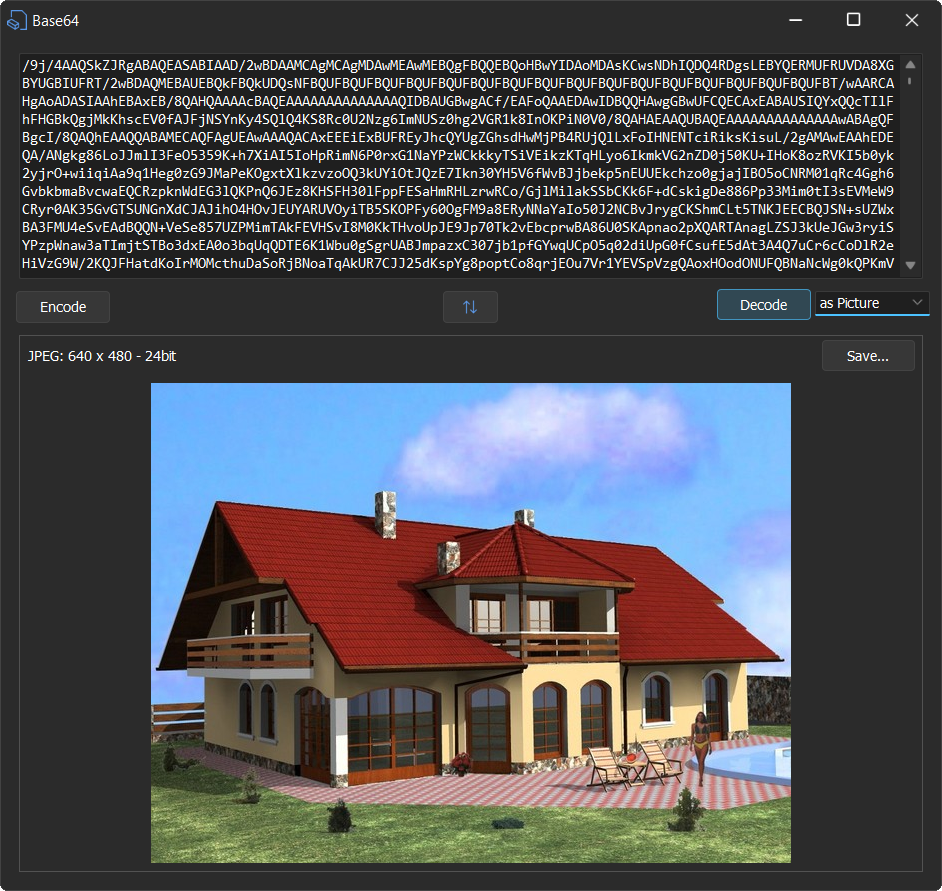
I hope you will find this tool as useful as I have. jsonld files are ready! Make Some Semantic Web! Each file is saved under the file name that was assigned on the spreadsheet with the file extension. The header row shows the JSON object keys in “dot-notation” this is similar to how Google Tag Manager, MongoDB, and Javascript, in general, allow you to access values within objects. In the JSON-LD Bulk Editor menu, click Create schema editor.īehind the scenes, Google Apps Script is “flattening” the JSON object and making a header row of object keys on the Generator tab and filling the second row with the values from the prototype object. Step 2: Create and Edit the Spreadsheet Template You can modify the schema in the next step but it is easiest to start with a perfect prototype. The schema of the prototype will be identical to that of its copies. Then paste your prototype schema into the green box on the “Start” tab.
#Google json editor code
Use a code editor to avoid any JSON syntax errors.
#Google json editor how to
How to Edit and Generate JSON-LD Filesįirst, create a “prototype” schema that will be copied with unique values. If you are wondering about how to put JSON-LD onto the page with Google Tag Manager, learn more about embedding JSON-LD with Javascript. jsonld files is easier than modifying your database

I admit, I believe in the future of the semantic web and because of that, I think there will be a lot more use of JSON-LD. It then allows you to save each JSON-LD schema into its own JSON file to add to your site or app. The JSON-LD Bulk Editor for Google Sheets is a Google Spreadsheet template and script that takes a “prototype” JSON-LD template and allows to create as many customized template copies of it as you need by filling in a spreadsheet. Finally, I decided I had had enough of this and looked to solve this problem for myself and other SEOs in this same boat. The editor will automatically highlight the JSON data you have entered and show any syntax errors if you click on Format.As JSON-LD usage spreads across the internet and its utility increases, I find myself creating a lot more JSON-LD templates for non-standard entities… and then I find myself copying them over and over for each of their sibling entities. To start using the JSON editor, just type your JSON in the editor given above on the left side. Tree view: Displays the JSON in a hierarchical tree structure, making it easier to navigate and understand the structure of the data.Įdit in place: Lets you edit the JSON directly in the editor without the need to open a separate editor or text editor. IntelliSense: Provides suggestions and auto-completion while you are typing to help you write valid JSON faster. Validation: Checks the JSON for syntax errors and highlights any problems.įormatting: Automatically formats the JSON to make it easier to read. Syntax highlighting: This makes it easier to read and understand the structure of the JSON by coloring different parts of the code. Some of the features that we provide in our JSON editor include: But the JSON editor tool that we provide is simple and easy to use, and yet it has a ton of features that you will not find in other editors. There are many JSON editors available online and as standalone applications.

It is commonly used for storing and exchanging data over the internet, and is often used as a simpler alternative to XML. JSON (JavaScript Object Notation) is a lightweight, text-based data interchange format that is easy for humans to read and write and easy for machines to parse and generate. JSON Editor is a powerful web based online tool that allows you to view, edit, and create JSON files.


 0 kommentar(er)
0 kommentar(er)
